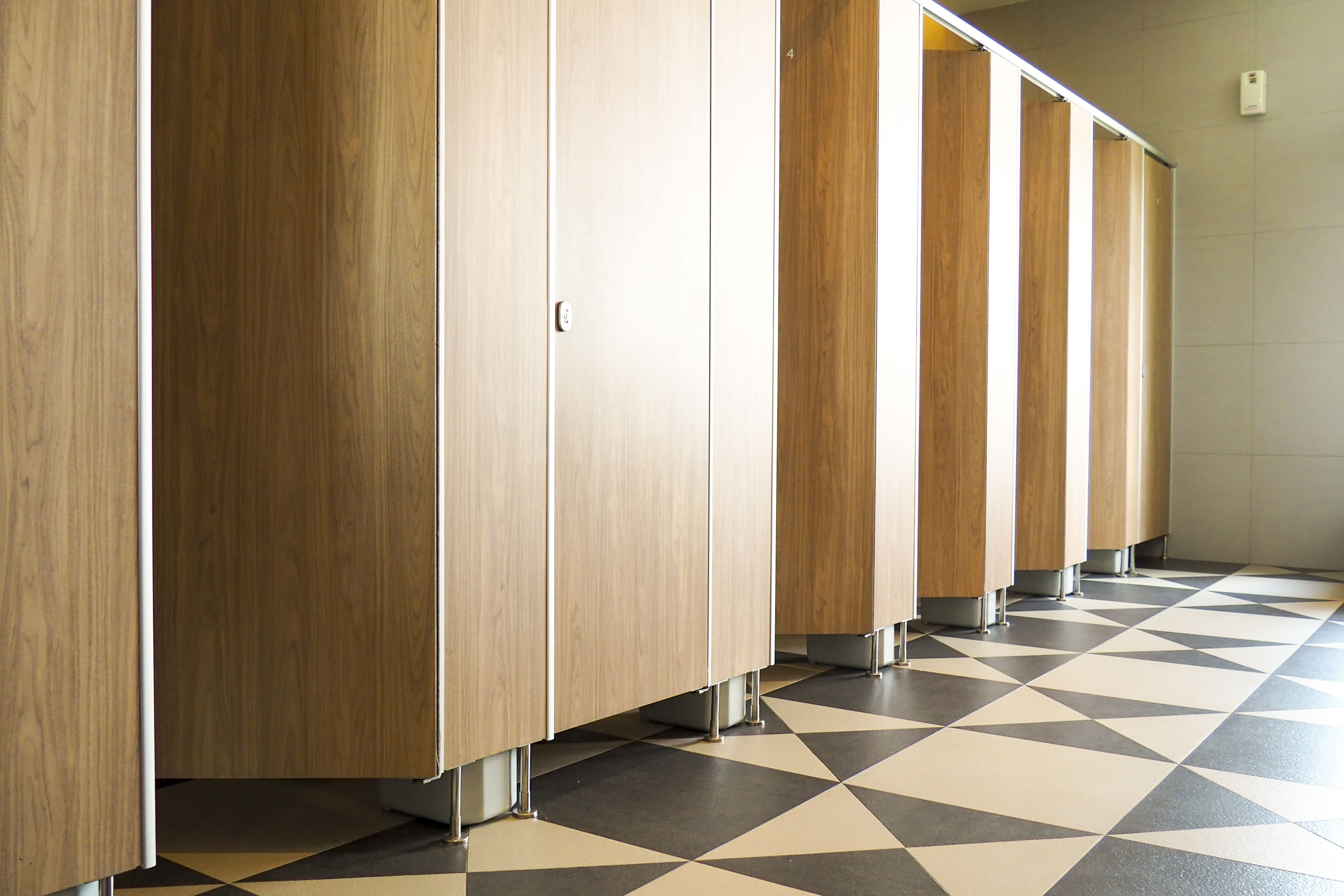Adding more women’s and unisex washrooms can boost business’s bottom line
According to a new study from the UBC Sauder School of Business, increasing the size of women’s washrooms and adding unisex washroom options can contribute to increased gender equity, customer satisfaction and sales volume in business facilities.

It’s no secret the lines for women’s washrooms are often longer than those for men, and now a new UBC Sauder study suggests the answer may be increasing women’s washroom capacity as well as adding unisex washrooms.
The study — the first of its kind to use queuing models and computer simulations to determine waiting times for washrooms in different types of business facilities — recommends increasing women’s washroom capacity as a first step, but also to consider supplementing washroom options with unisex washrooms, especially in facilities that experience specific volume peaks.

“If your customers are spending less time waiting for the washroom, they can spend more time doing business in your establishment,” said Tim Huh, lead author of the study and Canada Research Chair in Operations Excellence and Business Analytics at the UBC Sauder School of Business. “In a service setting, like restaurants or movie theatres, a positive washroom experience is something people expect, and inadequate facilities can have a strong negative impact on whatever product or service a business is providing.”
In offices, where washroom visits are spread fairly uniformly over time, increasing the women’s washroom capacity is an adequate solution, as wait times are often relatively low. But in facilities where washroom visits have specific volume peaks (like schools in between classes, or stadiums during an intermission) when the resource is close to 100 per cent utilized, a slight additional increase in demand has a substantial impact to total waiting time.
“One way to achieve equality between men and women would be to make all washrooms unisex, because everyone would line up in the same line, but in terms of efficiency, it’s not optimal because unisex washrooms require more total space,” said Huh. “We suggest a small number of unisex bathrooms combined with gender-specific bathrooms, which creates flexible capacity. Unisex washrooms can be more allocated to women when the women’s washroom is at capacity. Once a line starts to form at the unisex washroom, men will not line up there when there is an empty men’s washroom that they can choose. This is a good solution in many cases.”
The potty parity problem: Towards gender equality at restrooms in business facilities was authored by Woonghee Tim Huh from the UBC Sauder School of Business, Jaywon Lee from Sejong University, Heesang Park from Yonsei University and Kun Soo Park from Seoul National University, and was published in the November 2018 issue of Socio-Economic Planning Sciences.



